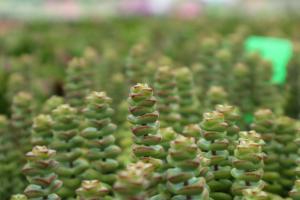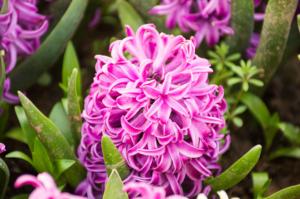How to Plant Rubber Tree in Nigeria
Planting rubber tree is one of the most lucrative agricultural investments in Nigeria. Rubber is a significant industrial commodity used in the production of a wide range of products such as tires, gloves, and footwear. In Nigeria, the demand for rubber keeps increasing, and this has made investing in rubber tree farming an excellent business idea. In this article, we will provide you with a step-by-step guide on how to plant rubber tree in Nigeria.
Step 1: Choose the Right Location
The first step to consider when planting rubber tree is to choose the right location. Rubber tree needs a warm and humid climate with ample rainfall. The soil should also be well-drained and rich in nutrients. The best location to plant rubber tree is in the southeastern region of Nigeria, where the climate and soil conditions are favorable for the tree's growth.
Step 2: Prepare the Land
After selecting the right location, the next step is to clear the land and prepare it for planting. The land should be tilled, and weeds removed to ensure that the soil is fertile and conducive for the tree's growth. Additionally, it would be best to apply organic manure or compost to the soil to increase its nutrient content.
Step 3: Select High-Quality Seeds
The next step is to select high-quality seeds that have a high germination rate. It is best to purchase seeds from reputable sources to increase the chances of success. The seeds should also be disease-free to prevent infections that can harm the plant's growth and yield.
Step 4: Plant the Rubber Tree Seedlings
After getting the seeds, the next step is to plant them. The ideal time to plant rubber tree seedlings is during the rainy season, which is usually from March to May. To plant, make holes in the soil and space the holes at least four to six meters apart. Place the seedlings in the holes and cover with soil. It is essential to water the seedlings regularly to ensure that they grow well.
Step 5: Maintain the Rubber Tree Plantation
After planting the rubber tree seedlings, it is crucial to maintain them to ensure optimal growth and yield. Some of the essential maintenance practices include pruning, weeding, and pest control. Prune the trees regularly to remove diseased, damaged, or dead branches. Control pests such as termites and leaf-cutting ants, which can harm the tree's growth and yield. Additionally, remove weeds regularly to prevent them from competing with the rubber tree for nutrients and water.
Step 6: Harvesting the Rubber Tree
After three to four years of planting, the rubber tree will start producing latex, which is the sap used in making rubber. The latex is harvested by making a diagonal cut in the bark with a special tapping knife. The sap is then collected in a cup attached to the tree. The rubber tree can produce latex for up to 30 years, and during this period, it is important to maintain the plantation to ensure maximum yield.
Conclusion
Planting rubber tree in Nigeria is a lucrative business venture that requires careful planning and implementation. Selecting the right location, preparing the land, selecting high-quality seeds, and maintaining the plantation are essential steps in ensuring optimal growth and yield. By following the steps outlined in this article, you can start your rubber tree plantation and reap the rewards of this highly profitable venture.

 how many times do yo...
how many times do yo... how many planted tre...
how many planted tre... how many pine trees ...
how many pine trees ... how many pecan trees...
how many pecan trees... how many plants comp...
how many plants comp... how many plants can ...
how many plants can ... how many plants and ...
how many plants and ... how many pepper plan...
how many pepper plan...






























